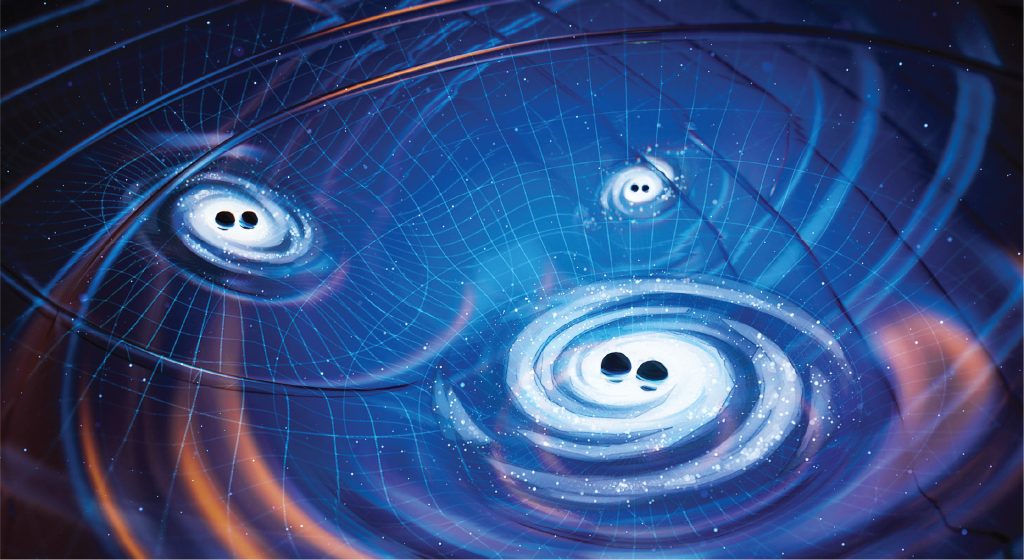Introduction: The Ethereal Nature of Gravitational Waves
Gravitational waves, the ripples in spacetime caused by the movement of massive objects in the universe, are a profound phenomenon that allows us to glimpse the elusive and unlit matter scattered across the cosmos. A recent announcement from Swinburne University of Technology in Australia has revealed that an international team of astronomers, led by this institution, has crafted the most detailed gravitational wave map ever conceived, shedding light on the hidden black holes and intricate structures of the universe.
The Role of Pulsars in Cosmic Timekeeping
At the heart of this groundbreaking research lies the pulsar—a rapidly rotating neutron star that serves as a natural clock in space. With their remarkably stable pulse rhythms, pulsars enable scientists to detect minuscule fluctuations caused by passing gravitational waves. In this remarkable study, the team harnessed the power of the MeerKAT telescope to construct a pulsar timing array, achieving precision measurements down to the nanosecond. This largest ever galactic gravitational wave detector has unveiled an intricate gravitational wave map, providing an extraordinary window into previously unseen cosmic structures.
Patterns in Gravitational Waves: A Cosmic Portrait
By examining the distribution patterns of gravitational waves across the universe, researchers can paint a portrait of the cosmos as it exists today. Embedded within these patterns are signals that date back to the era of the Big Bang, offering invaluable insights into the events that preceded and shaped the birth of the universe. Each wave carries stories of cosmic history, waiting to be deciphered.
Discoveries of the Gravitational Wave Background
The research team has also uncovered a wealth of new gravitational wave backgrounds. Notably, they have captured the most powerful gravitational wave signals produced by black hole mergers to date. Moreover, their investigations revealed a surprising ‘hotspot’ that suggests the presence of a unique gravitational wave source, potentially a pair of black holes each weighing billions of times more than our Sun. By studying these gravitational wave backgrounds, scientists can capture echoes of cosmic events spanning billions of years, thus unveiling the evolutionary saga of galaxies and the universe itself.

Insights into Black Holes and Cosmic Evolution
The findings from this latest observational effort offer fresh perspectives on the origins and evolution of the universe’s largest black holes and how these colossal entities sculpt the cosmos. The team is poised to delve deeper into the origins of the gravitational wave signals detected in their dataset, aiming to uncover further mysteries of the universe. The continuous observational results provided by the MeerKAT array will facilitate a more accurate depiction of gravitational wave distributions, ultimately revealing even more phenomena hidden in the depths of space.
Conclusion: A New Dawn in Astrophysics
As we stand at the precipice of understanding the universe’s intricate web of gravitational waves, the implications of this research will resonate through the annals of astrophysics. The detailed mapping of gravitational waves not only enriches our comprehension of cosmic structures but also sparks the imagination of what lies beyond the veil of visible light. With this pioneering work, humanity takes yet another step closer to unraveling the profound mysteries of our universe.


















































Discussion about this post